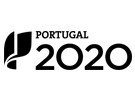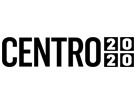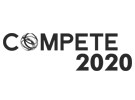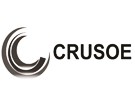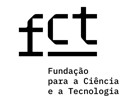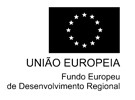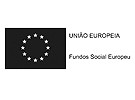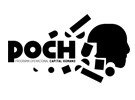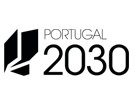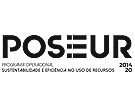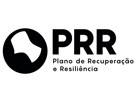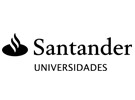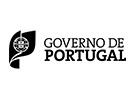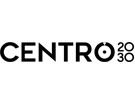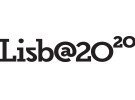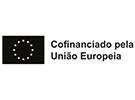


Publication in the Diário da República: Despacho n.º 13021/2015
5 ECTS; 1º Ano, 1º Semestre, 60,0 TP + 3,0 OT , Cód. 9932001.
Lecturer
(1) Docente Responsável
(2) Docente que lecciona
Prerequisites
Not applicable.
Objectives
A. The students should develop an insight of film history and be able to relate it with other film areas and cultural areas in general, understand the milestones of film history.
B. Develop the ability to analyse motion pictures and be able to relate works and film-making trends.
Program
A. Theories
I. The purpose of film history
II. The historical and cultural context of cinema appearance
1. Modernism and elite culture
2. Copy culture and emergence of mass culture
3. The modernism contradictions
4. Cinema, modernity and cultural revolution
III. The invention of cinema
1. The invention of movie image
2. The projection system
3. The cinema as optical illusion
B. THE MOVIE SILENT ERA
I. From invention to art
1. Edison
2. Lumière brothers
3. Ferdinand Zecca
4. Méliès
5. Edwin Porter and movie language appearance
6. David Griffith
7. The cinema as aesthetic expression
II. From invention to industry
1. Edison
2. Lumière
3. The industrial supremacy of Europe till The Great World War
4. From the Motion Pictures Patents Company till the independent americans
5. From nickelodeons to the cinema palaces
III. The sound revolution
1. The classical problems of sound
2. The Vitaphone and Movietone systems of the twenties
3. Consequences on movie production and show business
4. The aesthetic evolution of cinema
5. Resistence to sound movies
C. THE CINEMA VANGUARDS OF THE TWENTIES
I. The German expressionism
1. The classical interpretation
2. Paul Wegener and the origines of fantastic cinema
3. The role of state and UFA
4. The Weimar cinema
II. The soviet vanguard
1. The classical interpretation about origines of soviet cinema
2. Cinema and revolution
D. THE CLASSICAL AMERICAN CINEMA
1. The concept
2. Ways of running: studios, styles and star-system
3. Narrative model
4. The film noir
Evaluation Methodology
a) 75% minimum attendance rate
b) critical review: 30% of the final mark
c) class participation: 20% of the final mark
d) test: 50% of the final mark
Bibliography
- Aumont, J. (2009). Dicionário teórico e crítico do cinema. Lisboa: Texto e Grafia
- Bordwell, D. (1993). El arte cinematográfico. Barcelona: Paidós
- Bordwell, D. (1996). La narration en el cine de ficción. Barceloa: Paidós
- Noriega, J. (2003). Historia del cine. Madrid: Alianza Editorial
Teaching Method
A. Expository lectures.
B. In-class film analysis
Software used in class
